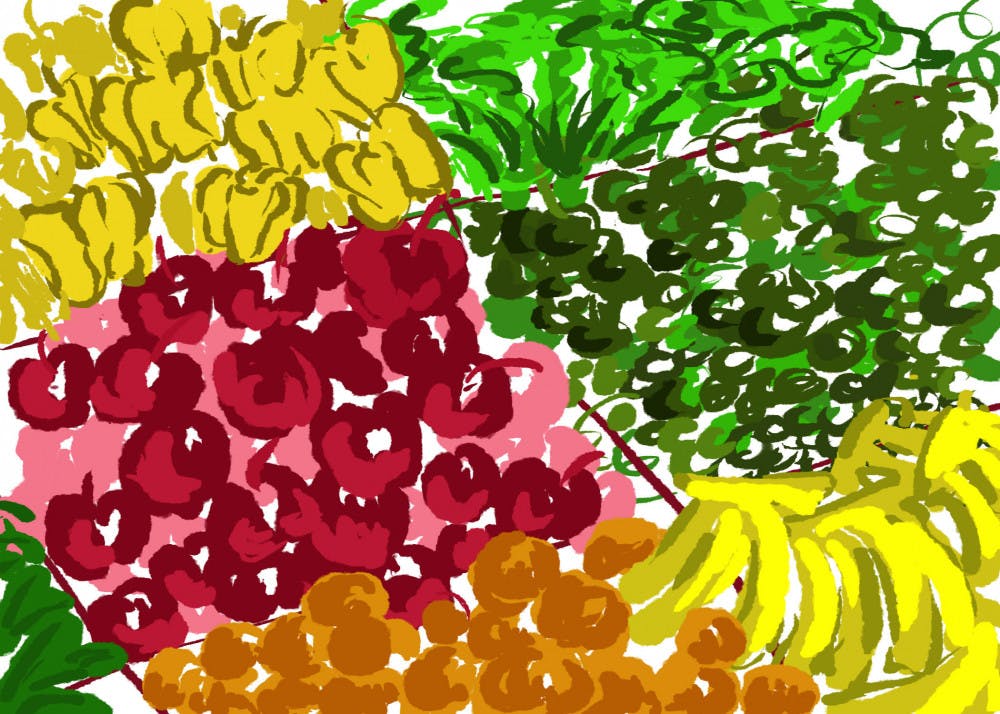Families who receive benefits from the Supplemental Nutrition Assistance Program use fewer discount coupons and allot more money for spending on food than they would without assistance, according to a forthcoming paper in the American Economic Review by Justine Hastings and Jesse Shapiro, professors of economics.
In 2017, the SNAP program served about one in six families, Hastings explained. Recipients can access their benefits through an Electronic Benefits Transfer card and can use the money to purchase pre-approved food products at specific retail stores, according to Benefits.gov.
The study found that “every $100 in SNAP benefits leads to between $50 and $60 extra dollars of food spending each month,” Hastings wrote in an email to The Herald. Cash benefits of the same amount are not predicted to have the same effect, she added. Furthermore, the study found that SNAP recipient households are slightly less likely to buy store brands and redeem discount coupons on SNAP-eligible food products. Understanding if “SNAP has larger effects on food spending than cash benefits would is important for understanding its effects on the economy and on the lives of recipients,” she wrote.
According to Shapiro, the authors’ ability to more accurately calculate estimates for the effect of SNAP on food spending sets this research apart from similar studies. In the working paper, the team analyzed over six billion data points.
“Justine Hastings and Jesse Shapiro are leaders in this movement to incorporate new sources of data, including scanner data, into policy research, ” wrote Gregory Bruich, an economics researcher and lecturer at Harvard, in an email to The Herald. Scanner data is composed of any data collected when an individual checks out at a grocery store — including payment method and loyalty program history — and can be analyzed to compare the behaviors of SNAP recipients with other shoppers. Bruich, who uses scanner data in his own research, wrote that the method not only yields larger samples sizes but also allows “researchers to develop more creative and more credible research designs than would be possible with standard survey data sets.”
A key concept that the study explores is “mental accounting,” a term devised by Richard Thaler, professor of economics at the University of Chicago and a 2017 Nobel Laureate, to describe a consumer’s tendency to set aside specific amounts of money for various categories of spending, Hastings wrote. Hastings provided an example of mental accounting in the context of SNAP benefits. If a household that spends $300 per month on food receives a $200 benefit from the program, they would potentially have $200 of cash for spending on other, non-food items as a result, making the SNAP benefits equivalent to a cash stipend. But the study found that, possibly because of mental accounting, SNAP recipients focus their spending of those benefits on food items.
Hastings is the founding director of Research Improving People’s Lives, a group working to make large data sets more comprehensible to policymakers. In partnership with Gov. Gina Raimondo and led by Hastings, the group launched in 2015 under a different name, the Rhode Island Innovative Policy Lab, according to RIPL’s website. The forthcoming study is specifically a part of RIPL’s Social Program Innovation initiative, which brings together scientists and facilitates work that “policymakers can use to effectively improve opportunity for everyday Americans,” Hastings wrote.
Both Hastings and Shapiro have been involved in many research projects on financial assistance for food expenses. Hastings started looking into federal food assistance roughly a decade ago as a professor at Yale, while Shapiro started work on the Food Stamp Program, which preceded SNAP as the main federal initiative, as a doctoral student at Harvard.
Hastings and Shapiro are currently engaged in further research into how SNAP impacts the nutritional “composition of purchased foods,” Shapiro wrote.





